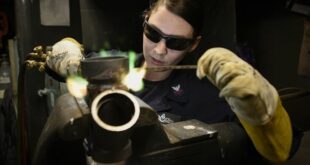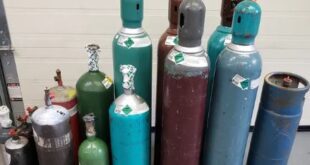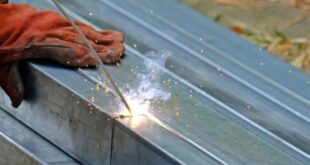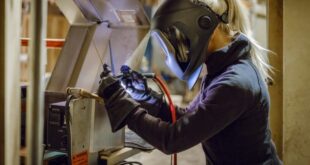What is Braze Welding? Introduction Definition Braze welding, also known as brazing, is a joining process that involves the use of a filler metal to bond two or more base metals together. Unlike fusion welding techniques, which melt the base metals to form a joint, braze welding relies on the …
Read More »Welding Gases and Their Types
Welding Gases and Their Types Introduction Welding gases are essential components in various welding processes. They are gases or gas mixtures that create a controlled atmosphere during welding, influencing factors such as heat control, arc stability, and the overall quality of the weld. Understanding the role of welding gases is …
Read More »Welding Failures its Causes and Prevention
Welding Failures its Causes and Prevention Introduction Welding failure can be defined as the premature failure or breakage of a welded joint, resulting in the inability of the joint to perform its intended function. It can be caused by a variety of factors, including inadequate welding technique, defective materials, inadequate …
Read More »White Metal Welding
White Metal Welding Introduction White metal welding is a specialized welding technique used to join metals with white metal alloys. It is a process where two or more metal parts are fused together using heat, pressure, and the melting of a white metal alloy. The result is a strong, durable, …
Read More »What is the Function of Flux in Welding?
What is the Function of Flux in Welding? Introduction Flux is a material that plays a critical role in the welding process. It is used to improve the quality and consistency of a weld by cleaning the metal surfaces, protecting the weld from oxidation and other contaminants, and providing a …
Read More » Welding of Welders All about Welding and Welders
Welding of Welders All about Welding and Welders




